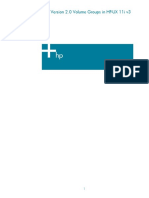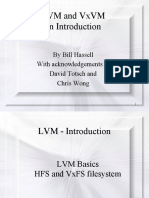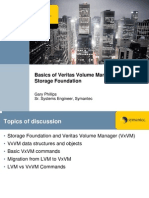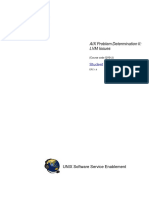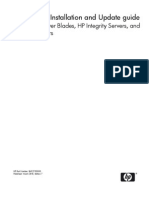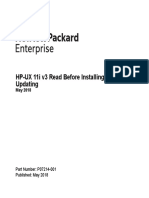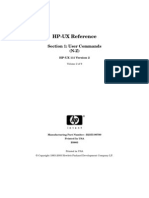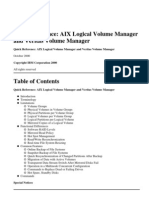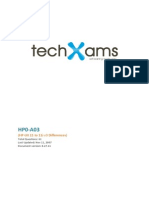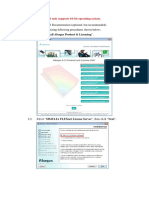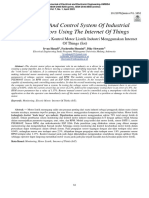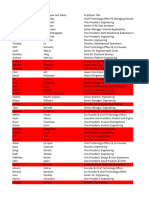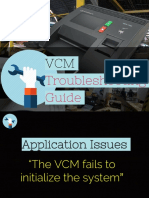0% found this document useful (0 votes)
261 views10 pagesLVM April 2011
HP-UX 1 v3 April 201 Web Release (b. 1i 1 1.31) contains New and changed features in this release. Known problems fixed in this version.
Uploaded by
Raul Sossa SossaCopyright
© Attribution Non-Commercial (BY-NC)
We take content rights seriously. If you suspect this is your content, claim it here.
Available Formats
Download as PDF, TXT or read online on Scribd
0% found this document useful (0 votes)
261 views10 pagesLVM April 2011
HP-UX 1 v3 April 201 Web Release (b. 1i 1 1.31) contains New and changed features in this release. Known problems fixed in this version.
Uploaded by
Raul Sossa SossaCopyright
© Attribution Non-Commercial (BY-NC)
We take content rights seriously. If you suspect this is your content, claim it here.
Available Formats
Download as PDF, TXT or read online on Scribd
/ 10



